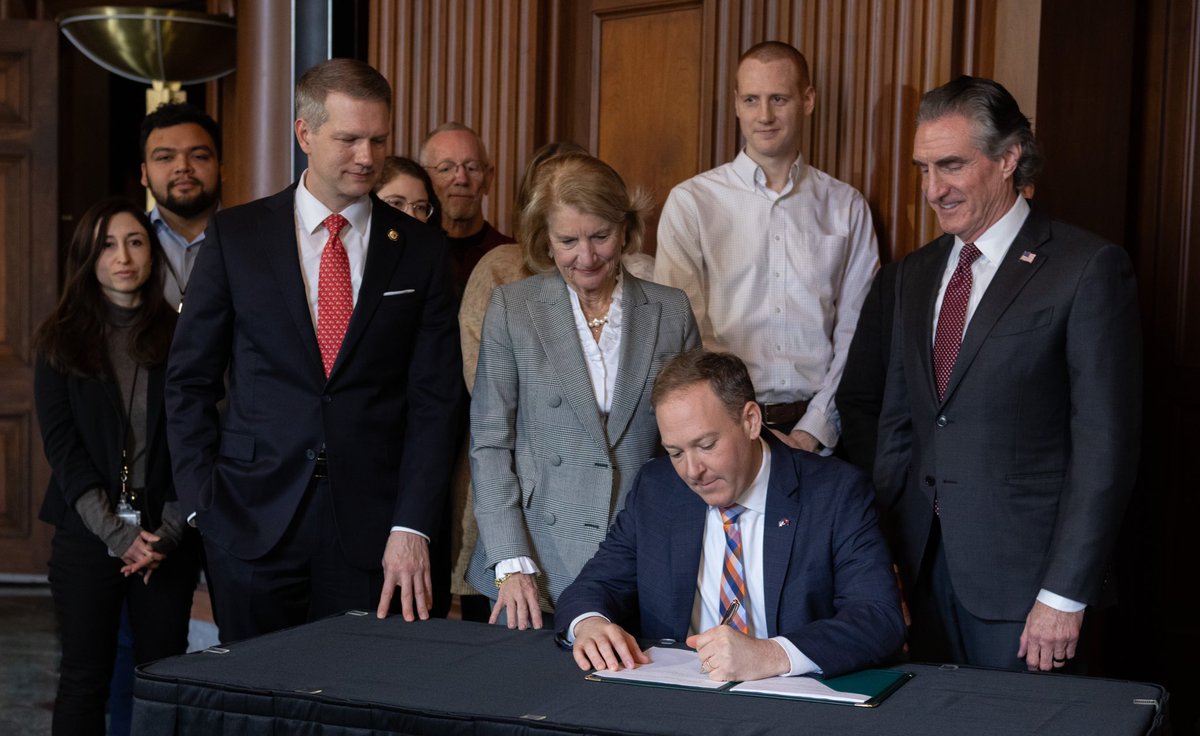
US EPA grants West Virginia Authority to Oversee Carbon Capture
Published by Todd Bush on February 20, 2025
The U.S. Environmental Protection Agency (EPA) on Tuesday formally granted West Virginia authority to oversee carbon capture projects, making it the fourth state to receive such approval.
The agency signed a final rule granting primary enforcement authority, known as primacy, to West Virginia to permit Class VI wells in an effort to speed up approvals and advance the development of large-scale carbon sequestration projects.
“I’m thrilled that Administrator Zeldin has affirmed his support for West Virginia’s approval to permit Class VI wells for carbon capture, and that we are officially bringing this important authority to those who know our state best,” said Sen. Shelley Moore Capito, R-W.Va., chair of the Senate Environment and Public Works Committee.

Source: Office of Sen. Shelley Moore Capito
>> In Other News: Vema Hydrogen Raises $13 Million for Solution to Produce Clean Hydrogen Underground at Under $1/KG
Lee Zeldin, EPA Administrator, said:“As one of my first acts as EPA Administrator, I am proud to sign this rule to allow West Virginia the independence it needs to permit and regulate itself, while also working to safeguard our environment and drinking water.”
Carbon capture and storage is an emerging technology designed to pull carbon dioxide emissions from industrial sources before they reach the atmosphere, storing them underground.
Over a dozen states have carbon sequestration projects planned or in development, many awaiting approvals from the EPA, which has been a slow process.
North Dakota, Wyoming, and Louisiana are the three other states that have been granted authority to oversee their own CO2 injection permitting and oversight.
Last week, Texas oil, gas, and industrial groups urged Zeldin to accelerate the state's request for primacy. Texas currently has 43 projects under review—one-third of all U.S. applications.
The Biden administration’s 2022 Inflation Reduction Act (IRA) contains billions of dollars in subsidies, including a $85 per metric ton tax credit for storing CO2 in geological formations.
While President Donald Trump has vowed to repeal the IRA, Biden’s landmark climate legislation, energy experts suggest such subsidies will likely remain intact due to strong support from Republican states and lawmakers.
Subscribe to the newsletter
Daily decarbonization data and news delivered to your inbox
Follow the money flow of climate, technology, and energy investments to uncover new opportunities and jobs.
Latest issues
-
64 Carbon Projects Were Stuck. Texas Just Unlocked Them
Inside This Issue 🛢️ 64 Carbon Projects Were Stuck. Texas Just Unlocked Them ⚙️ In Ohio, Hydrogen Industry Presses on Despite Federal Uncertainty 🧲 Agami Zero Breaks Through With Magnetic Hydrogen...
-
This U.S. Plant Might Change Aviation Forever
In This Issue 🛫 A Georgia Plant Just Cracked Aviation's Fuel Puzzle 📉 CO2RE And ERM Release 2025 Update On Greenhouse Gas Removal Costs 🔗 Abatable Partners With BlueLayer To Streamline Corporate C...
-
Canada Just Made CCUS Way More Profitable
Inside This Issue 💼 Canada Unlocks EOR for Federal Tax Credits in Landmark Policy Shift 🚀 Carbontech Funding Opens as CDR Sector Pushes for Net-Zero Standard Revisions 💧 CHARBONE Confirms its Firs...
Company Announcements
-
Eden Prairie, MN – Carba, a leading biocarbon technology and carbon removal company, today announced the close of a $6 million investment round led by Rusheen Capital Management and Canopy Generati...
-
COLUSA COUNTY, Calif., Dec. 4, 2025 /PRNewswire/ -- CarbonZero.Eco, a Silicon Valley–based, venture-backed climate technology startup pioneering regenerative agriculture and carbon removal through ...
-
NORTH VANCOUVER, BC, Dec. 7, 2025 /PRNewswire/ - Hydron Energy, a leading innovator in clean fuel and gas separation technologies, today announced the successful demonstration of carbon-negative Xe...
-
Facility will utilize Babcock & Wilcox’s SolveBright™ solvent-flexible CO2-capture process Full notice to proceed anticipated in March 2026 Baseload power demand is driving the need for ...